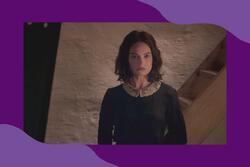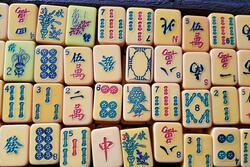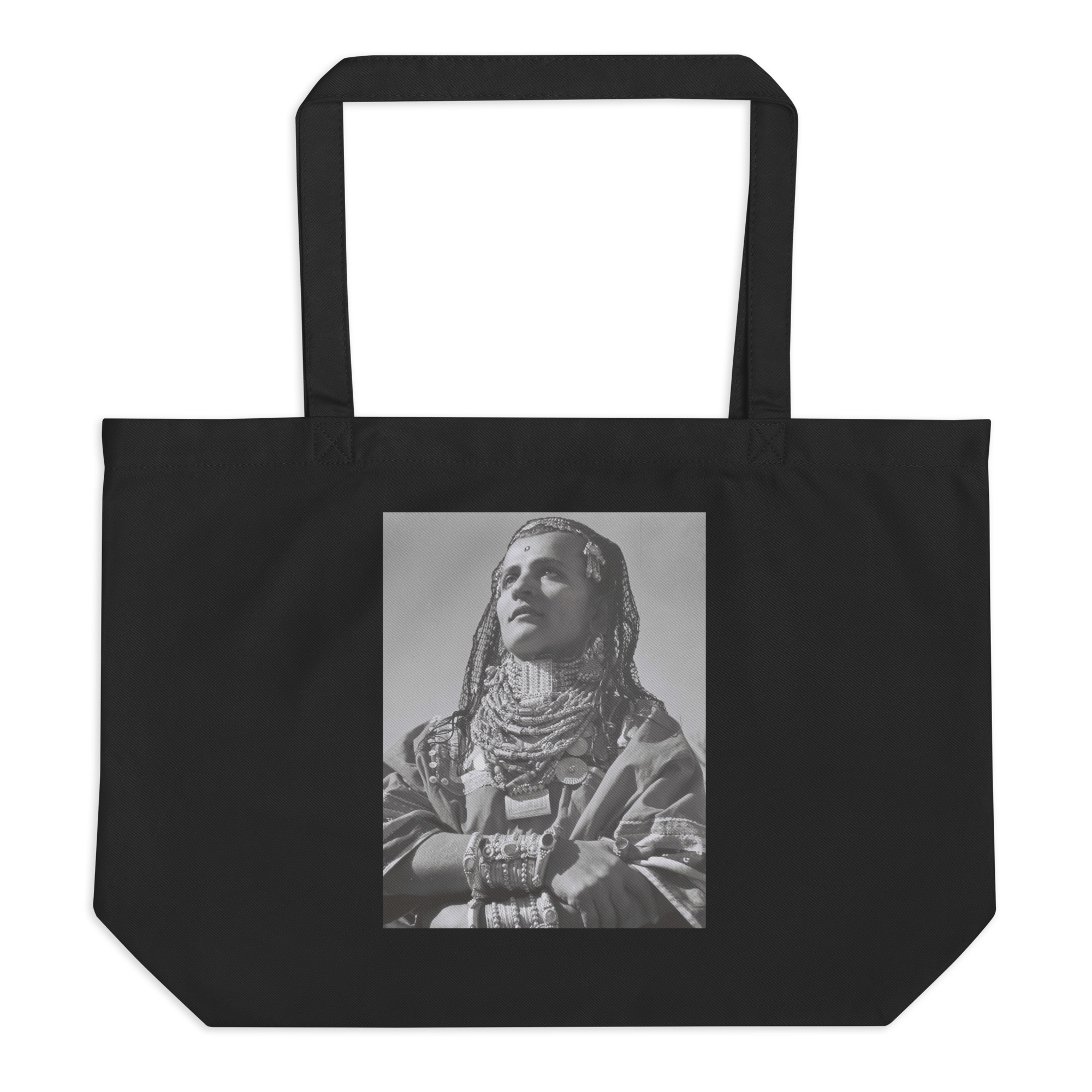Examining the Antisemitism of Roald Dahl’s The Witches
If I were to tell you about a book that featured large-nosed, wig-wearing Eastern European villains who print money and eat children, you’d probably think I was referring to The Protocols of the Elders of Zion, and not the children’s book The Witches.
When I was in the second grade, my teacher read several Roald Dahl novels out loud to the class, including Matilda and Charlie and the Chocolate Factory. I fell in love with these books that featured brave kids and silly adults, and I convinced my parents to buy me a box set that included every one of his novels. To this day, his books are scattered across various shelves in my house.
Recently, I was composing a lesson plan on antisemitic caricatures in the media for the eighth-grade class I help teach at Hebrew school, when I picked up my very well-loved copy of The Witches. I remembered some strange details, such as the witches having oddly-shaped noses and pronouncing w’s as v’s, but rereading the first two chapters alone left me floored. I realized that the book promoted a cartoonish antisemitism that went completely over my head as a child.
The Witches starts with the narrator’s grandmother teaching him how to spot a “real witch.” I remembered that part of the story being interesting and funny, but rereading it as a teenager, there were several lines that stood out to me in particular:
“A REAL WITCH always wears a wig to hide her baldness. She wears a first-class wig. And it is almost impossible to tell a really first-class wig from ordinary hair unless you give it a pull to see if it comes off.”
Reading this, I immediately thought of how many Orthodox Jewish women use wigs called sheitels to cover their hair as a sign of modesty. The similarity was pretty disturbing, to say the least, but I thought to myself, “maybe the witches wearing wigs like many Orthodox Jewish women is just a weird coincidence.” I continued reading:
“Look for the nose-holes…Witches have slightly larger nose-holes than ordinary people. The rim of each nose-hole is pink and curvy, like the rim of a certain kind of sea-shell.”
The most well-known visual stereotype of Jews is that we have large noses. While not all Jews have bigger noses (and not all people with bigger noses are Jewish), it’s long been a staple of antisemitic propaganda for centuries. “Unfortunate,” I thought, “but maybe it’s another accident just like the wigs…”
“[The Grand High Witch is] rolling…Simply rolling in money. Rumour has it that there is a machine in her headquarters which is exactly like the machine the government uses to print the bank-notes you and I use ... .My guess is that the Grand High Witch makes all the money she wants and she dishes it out to witches everywhere.”
This made my skin crawl. There are countless conspiracy theories about Jews controlling the world through money and the media. The grandmother’s guess as to how the witches have so much money doesn’t exactly make it seem like Dahl was ignorant of them. This trope, coupled with the witches’ speech patterns that mimic Yiddish accents, and their stated plan to kill the children of the world, made me rethink my original idea that it was all a big coincidence.
I began researching Roald Dahl, and learned that, along with holding antisemitic views himself, he had no problem promoting them. In a 1983 interview in the New Statesman (the same year The Witches was published), he said, “There is a trait in the Jewish character that does promote animosity, maybe it’s a kind of lack of generosity toward non-Jews. I mean, there’s always a reason why anti-everything crops up everywhere; even a stinker like Hitler didn’t just pick on them for no reason.”
Given this egregious statement, it’s hard to think that the elements in The Witches that mirror antisemitic stereotypes weren’t purposeful.
Unfortunately, offensively Jew-coded characters have been a classic villain in children’s stories for a long time. For example, Rapunzel is about a witch with a prominent nose and curly hair who kidnaps a blonde baby for selfish evil purposes. The titular character in Rumpelstiltskin tries to trick a young woman into giving him her firstborn child in return for help making gold.
When we create characters, it’s important for us to check our biases. As I told the eighth graders during my lesson, after a while you start to internalize what you see. If you’re a young Jewish girl with stereotypically Jewish features and the only people in the media you’re consuming who look like you are portrayed as ugly and evil, it’s going to affect how you see yourself. This is why it makes it all the more special to see not only wonderfully written Jewish female characters, but also recent positive depictions of fictional witches, including Elphaba in Wicked, which is read by many as a Jewish allegory. Instead of the ugly villains in a black-and-white world, we have a witch who knows who she is and isn’t afraid to stand up for what she believes in. We’ve taken an archetype that has been used for so long to demonize us, and we’ve turned it into something we look up to — and I think that’s beautiful.
This piece was written as part of JWA’s Rising Voices Fellowship.







